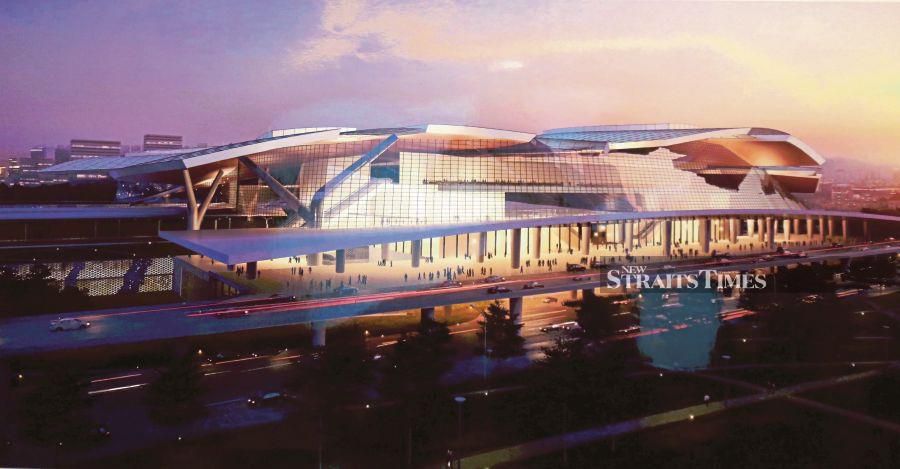5 January 2021
LETTER: Before the implementation of travel restrictions due to the Covid-19 pandemic, I flew between Kuala Lumpur and Singapore several times a month for work.
So, when the government decided to cancel the High-Speed Rail (HSR) project linking both countries, I felt it was the right move. First, flights between Malaysia and Singapore, particularly from Kuala Lumpur were aplenty (at least before the Movement Control Order) and the prices were reasonable due to the intense competition among the airlines.
It takes about two hours for a person to arrive in Singapore after factoring in travelling time to the Kuala Lumpur International Airport (KLIA) and the check-in process. The HSR promised to cut travel time to around 90 minutes, only marginally faster. And we still need to factor in the price of the train tickets.
Unless there is a high volume of customers, a HSR ticket would be more expensive than a flight ticket. Air travel between Malaysia and Singapore was quick and easy, and choices aplenty before the lockdown.
From the business travellers’ standpoint, there is no pressing need to provide alternative transportation. Besides, with the ongoing pandemic, it is unnecessary to spend RM43 billion to build the mega project.

If RM43 billion were given equally to 30 million Malaysians, including babies and the elderly, this would see each one of us given RM1,433. A family of four will get RM5,732. Imagine just how much that would mean to the Bottom 40 income group, which has been badly affected by Covid-19.
Of course, that is not how the HSR costing — or wealth distribution — works, but these simplified calculations draw attention to the astronomical sums involved.
Besides, Malaysia has a knack for building infrastructure that has been a burden to the country. Just look at the Port Klang Free Zone (PKFZ) which has only become a financial burden to taxpayers due to mismanagement and corruption.
Some have argued that HSR would have an economic spillover effect, especially in towns where the HSR stations would have been built. This argument, while valid, does not address the problem of alleviating the hardship of people throughout the country.
The spillover effect would have been addressed by the Gemas electric train service (ETS), which links Kuala Lumpur and Johor Baru via rail. This is just like how Kuala Lumpur is now well-connected to Ipoh and Penang via the ETS rail service. The Gemas double-tracking rail project will connect the federal capital to the southern parts of the peninsula.
While the ETS trains are not as fast as the HSR, they are comfortable. I know of friends who take the ETS to Ipoh, Penang and beyond. They were attracted by the ETS trains’ comfort and facilities, like onboard WiFi.
Towns like Kampar and Batu Gajah have enjoyed the spillover effect from the ease of visitors reaching those destinations. I foresee the same success for the southern stretch of the rail journey. I don’t doubt that one day we would need to revive the HSR. But for now, there are more pressing matters at hand. Malaysia has made the right choice not to proceed with the project.
JONATHAN FERNANDEZ
Subang Jaya, Selangor
Source: nst.com.my
Site Search
Did you find what you are looking for? Try out the enhanced Google Search: